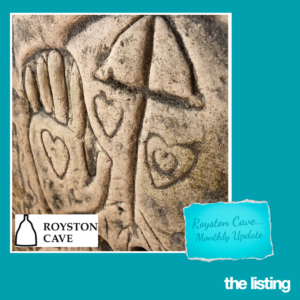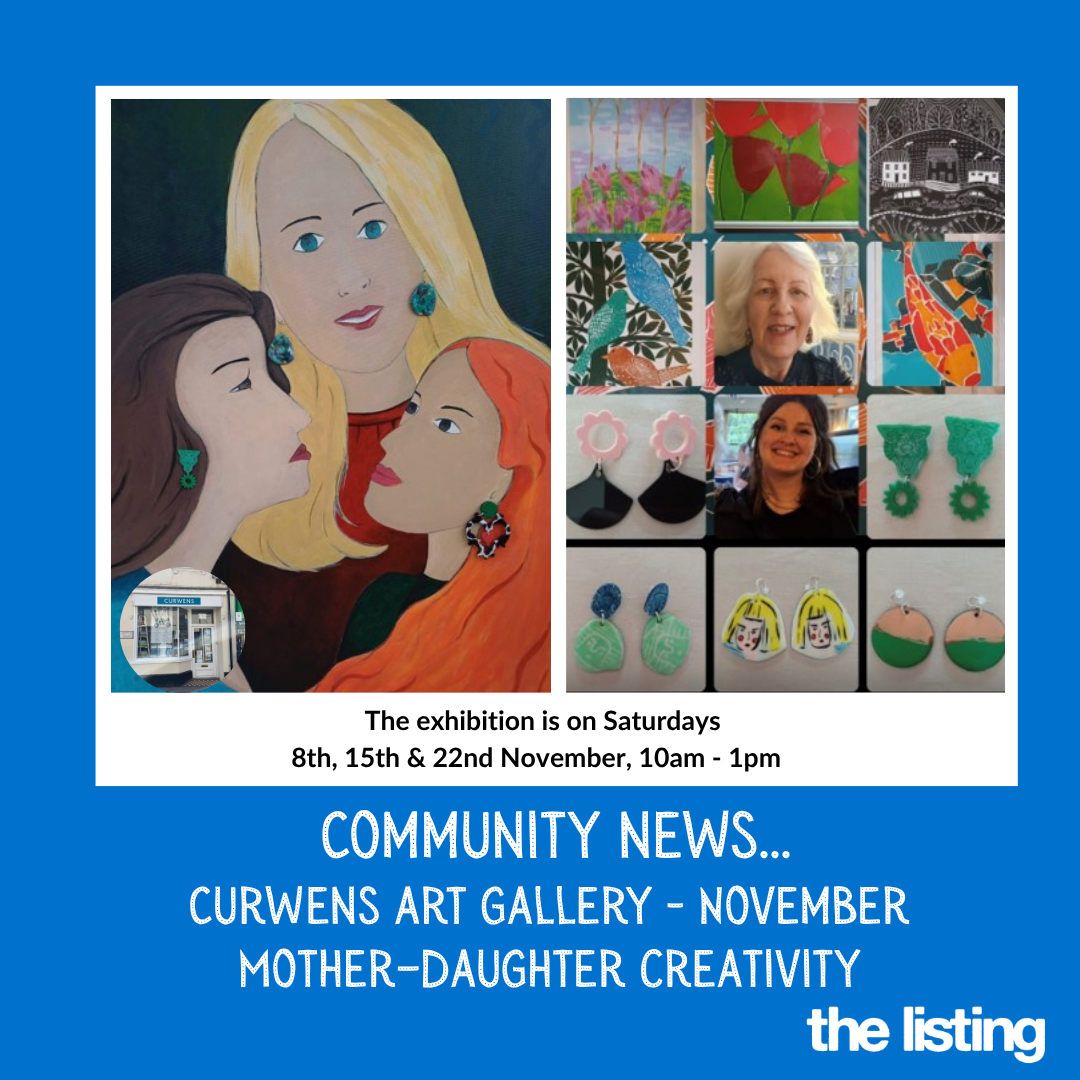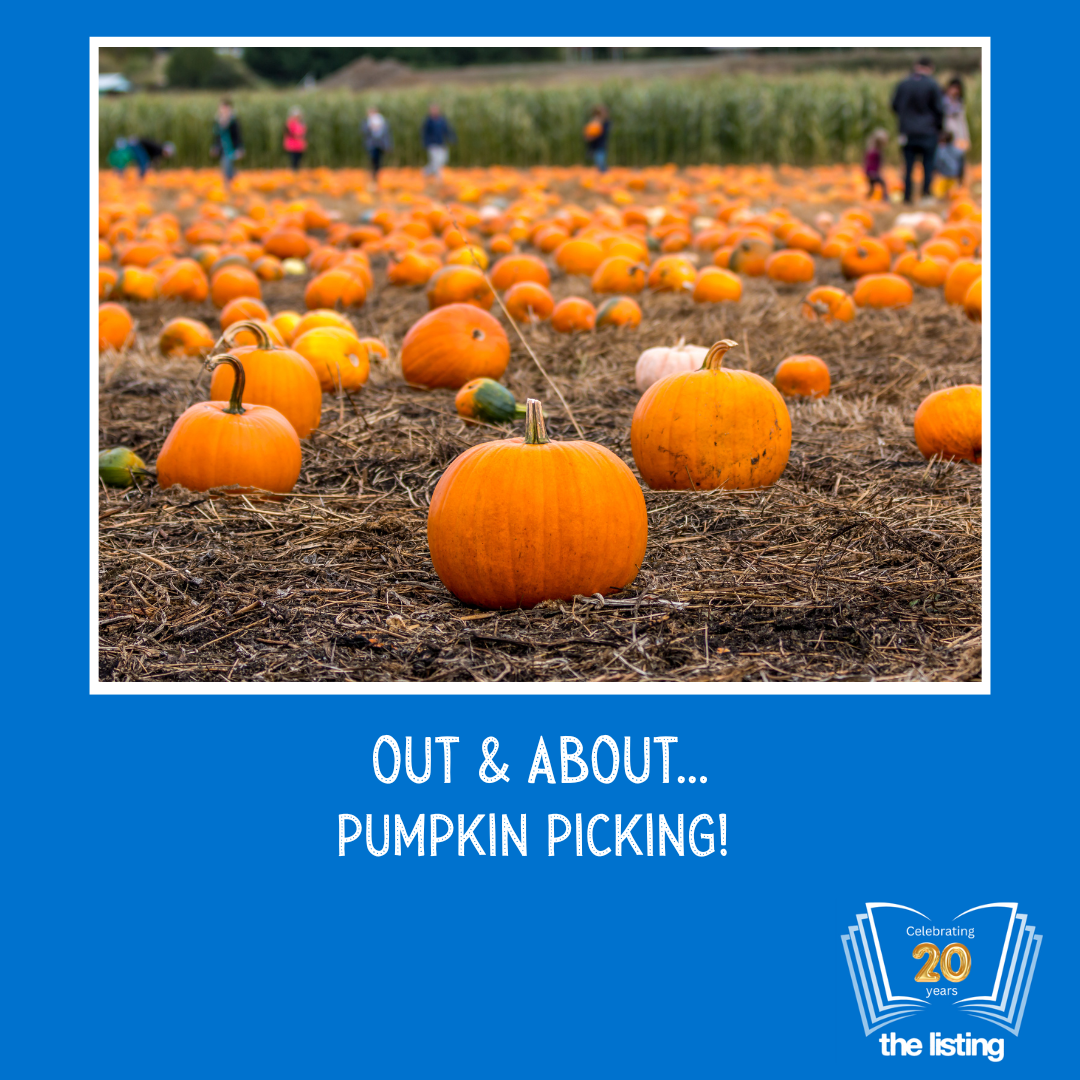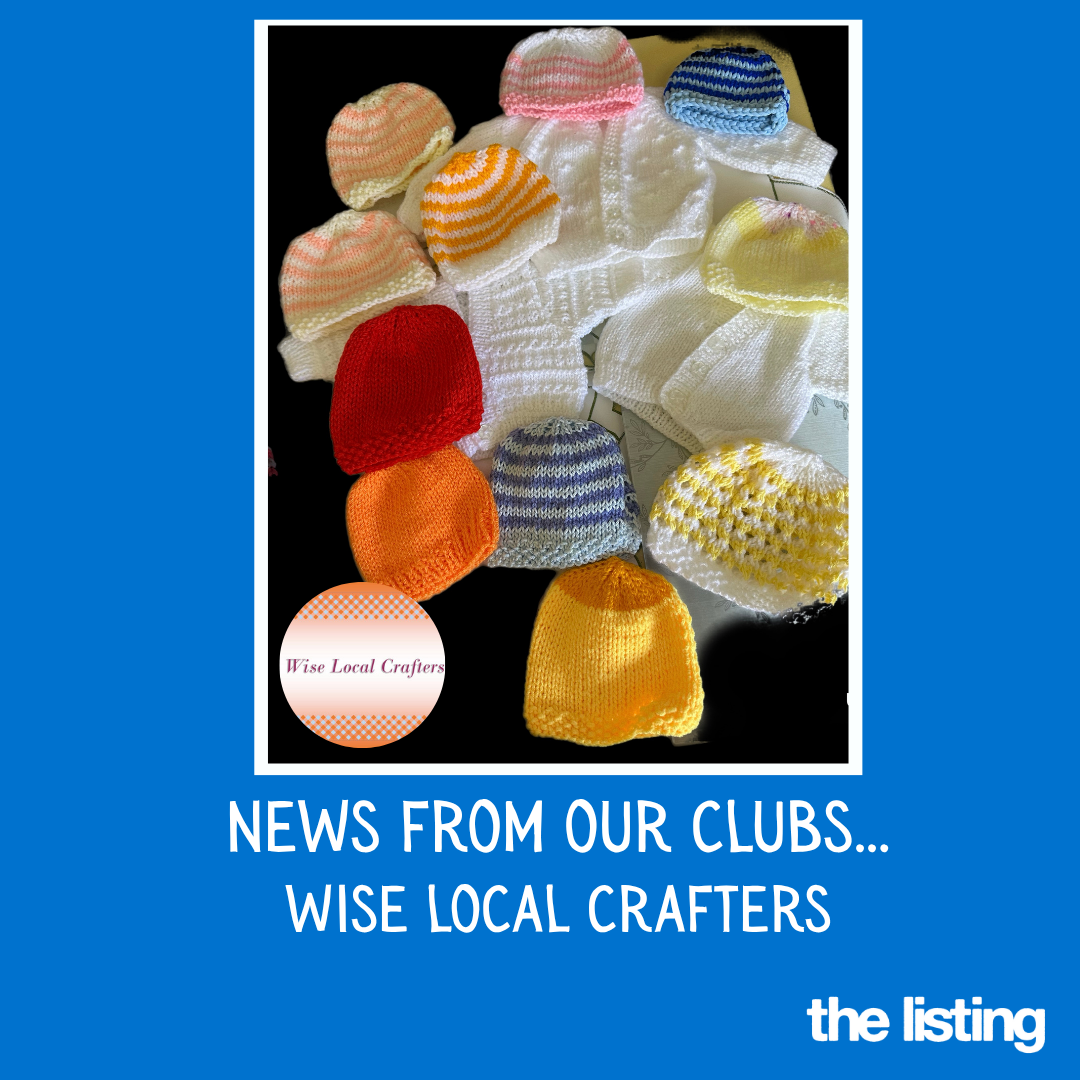Monthly Update – From Emma, Royston Cave Manager…
Apart from the cross symbol, the shape of a heart appears more times within the cave than any other. There are double hearts, hearts within a hand, or hearts displayed on the tunics of figures carved on the chalk walls.
It is not known when the shape we are accustomed to seeing today was first used, but it is thought to be a variation of an upside-down pinecone or an ivy leaf, which was used to symbolise fertility or eternal life in early artworks.
By the early 14th century, the heart began to be connected to love, and religious paintings started to show the red heart shape we would recognise today being offered to God. Then in the 15th century the red heart was seen on playing cards and heraldry.
The hearts seen in the cave have been compared to those also seen at Templar sites in France or perhaps they could be associated with Masonic symbols of charity.
Whatever their meaning, their presence can help us determine which time period they may, or more importantly, could not, have been carved.
We are closed until April, but private tours and talks are still available.
Contact info@roystoncave.co.uk – www.roystoncave.co.uk
Royston Cave, Melbourn Street, Royston SG8 7BZ














